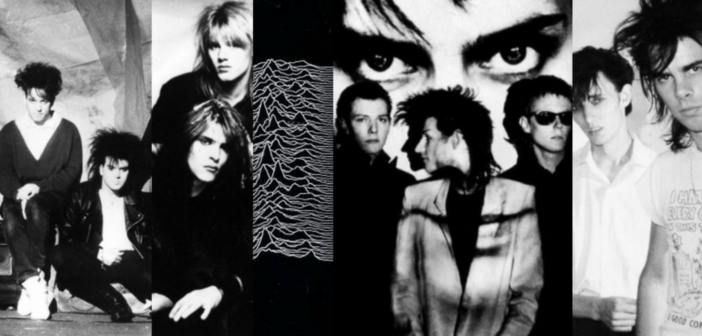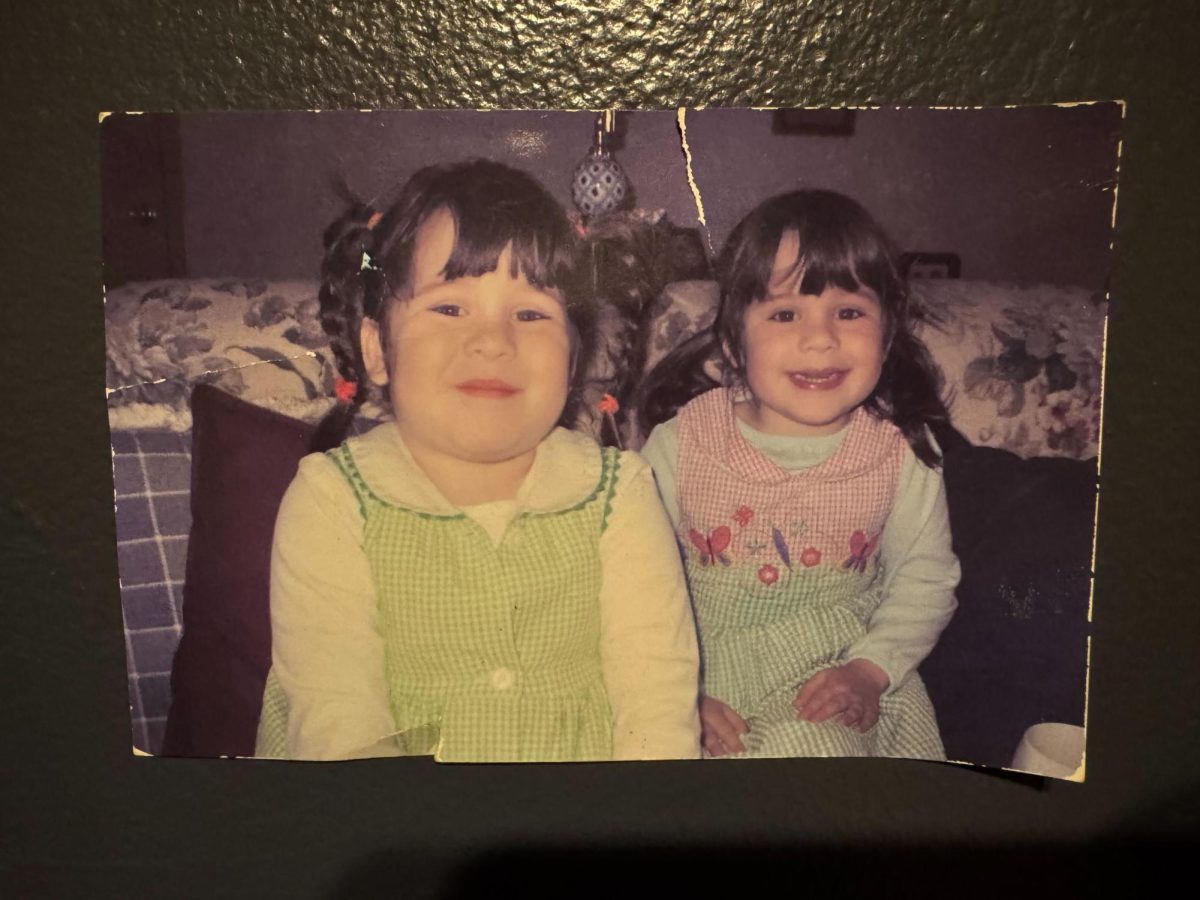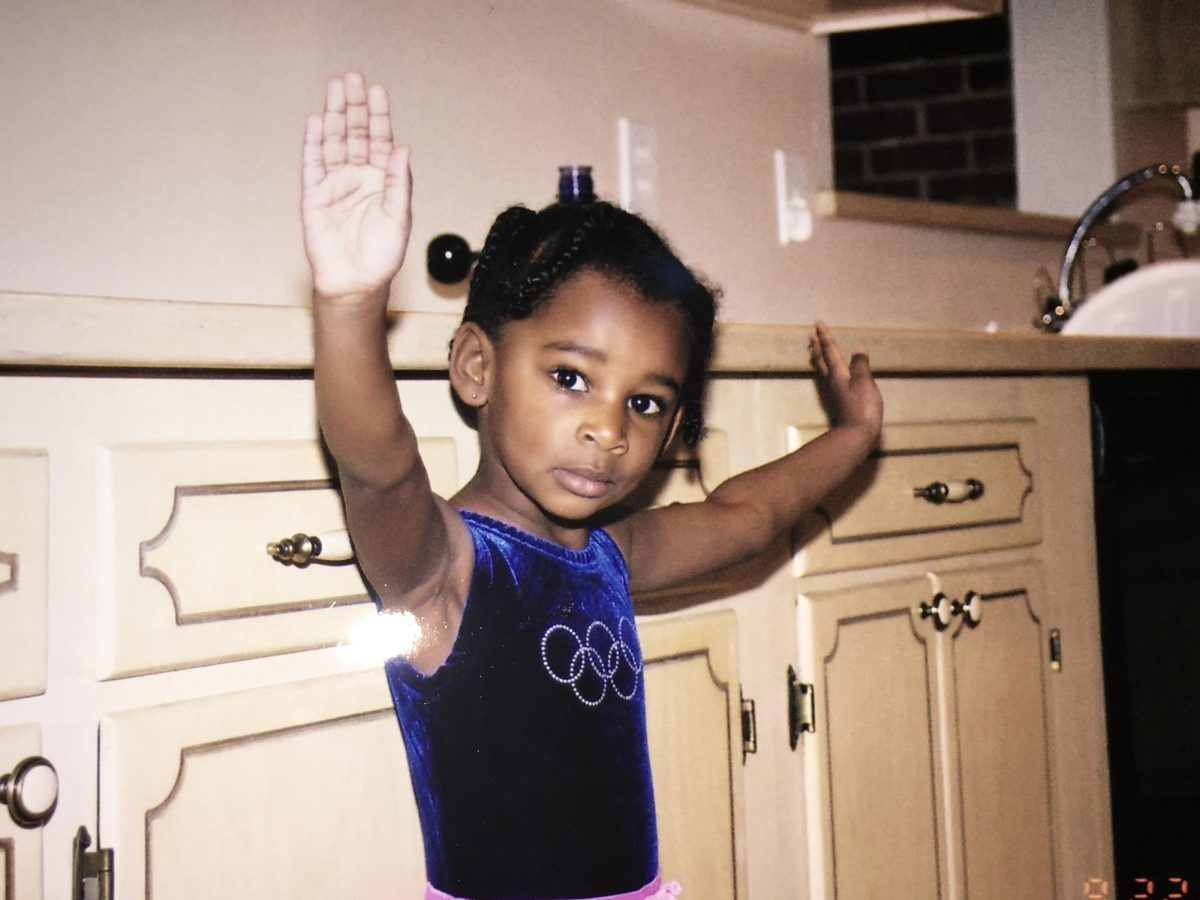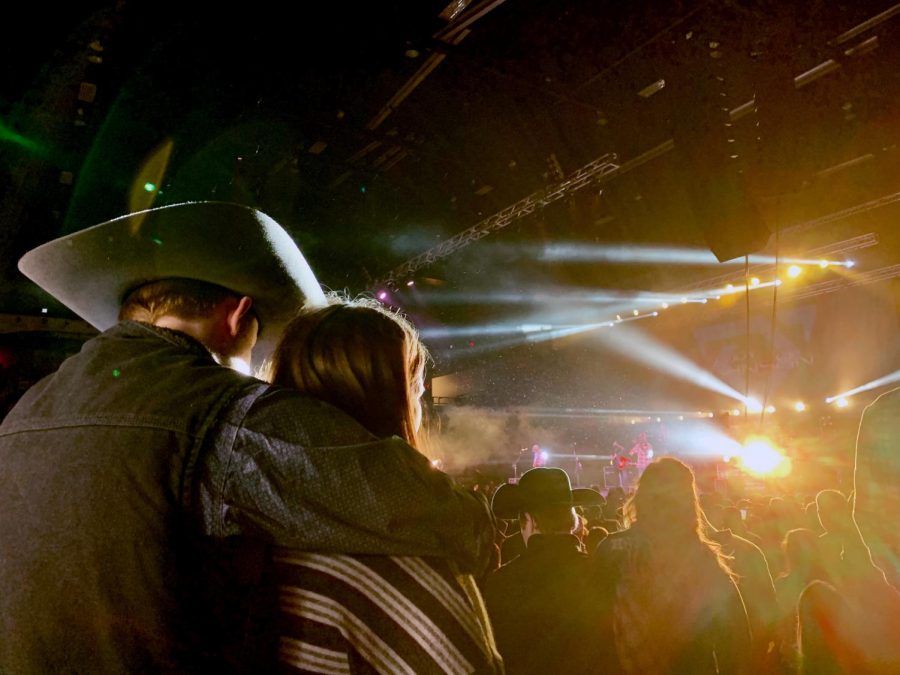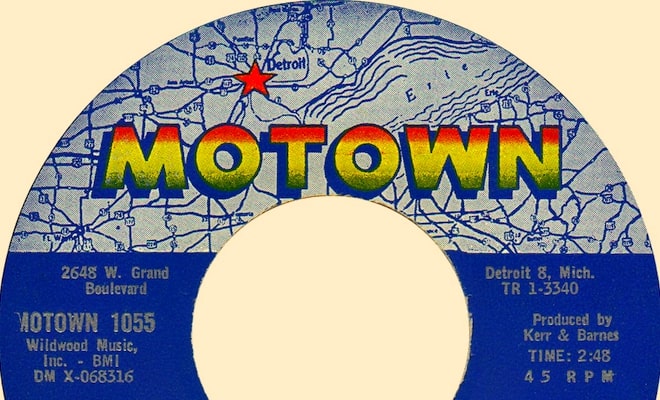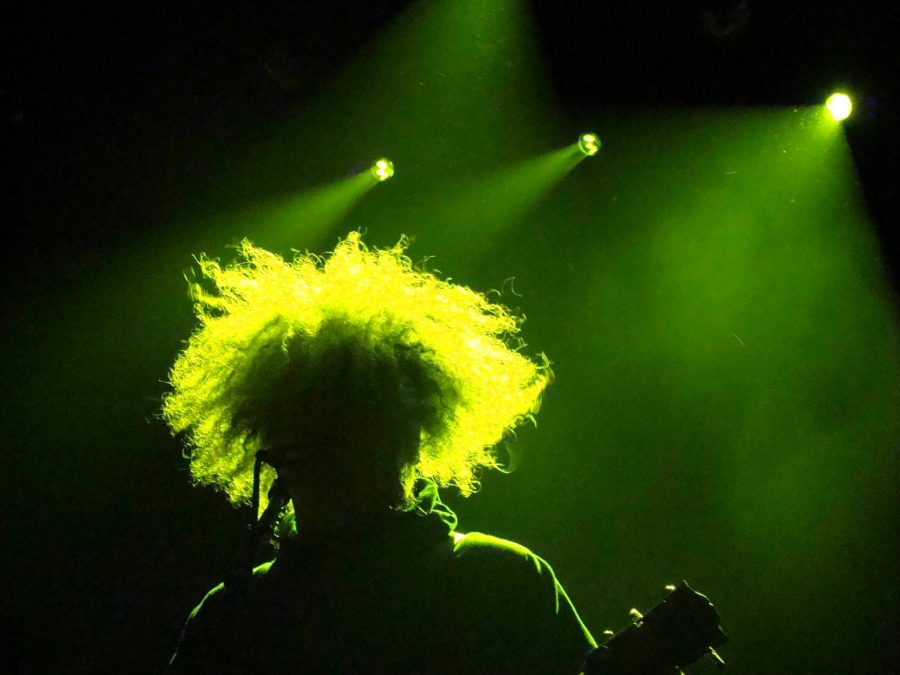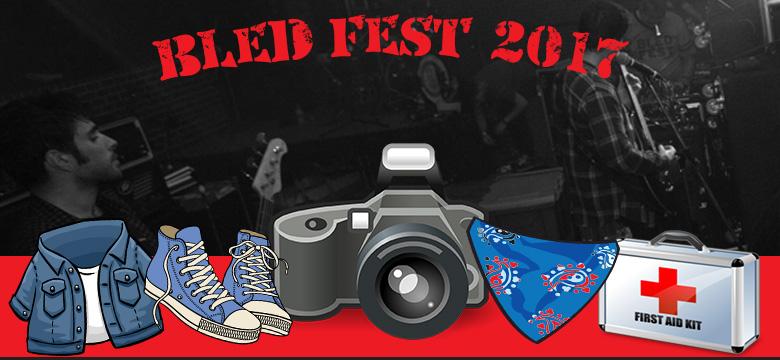Goth rock, more simply known as goth, is kind of a strange beast. Its direct influences came from the emerging post-punk scene in the UK during the late 70s and slowly grew into its own subcultural niche. Less misanthropic and anarchic than punk, goth tended to be a little more romantic with its lyrics and would more than likely make you feel somber than entirely hopeless. Think “Painted Black” by Rolling Stones and you kind of get an early sense of what goth would evolve into.
That said, goth is also the perfect genre for a Halloween themed music list. Though it was nearly a week ago, we’re continuing the spookiness with some morose music provided to you by some of the premier acts within the genre.
Bauhaus – God In An Alcove
https://www.youtube.com/watch?v=Zl3VlxDUC-E
Bauhaus, alongside Joy Division and The Cure, are pretty much considered “proto-goth” aka the origins of the goth-rock movement. Bauhaus’ debut LP In The Flat Field dropped in 1980 and maintained a decidedly punk sound overall, but tracks like “God In An Alcove” contained traces of dark sounding art rock and hushed vocals, exemplifying the creepy aesthetic that goth would later be associated with.
Joy Division – Heart and Soul
Released in the same year as In The Flat Fields, Joy Division’s Closer shirked the fast paced rhythm of punk in favor of a slower, more atmospheric approach to rock. Ian Curtis’ reverb-laden vocals and nihilistic lyrics not only set Joy Division apart from many of their contemporaries; it also laid an audial groundwork for later goth lyricists. Bernard Summer and Peter Hook’s guitar and bass work respectively flirted with what could be considered proto-shoegaze, relying on repeated minor chords and a languishing low end sound to create a murky weight for not only this song but the album as a whole.
The Cure – Siamese Twins
https://www.youtube.com/watch?v=GXpNenuQrcY
“Laughing into the fire/Is it always like this?/Flesh and blood and the first kiss/”
Pornography threw a lot of people for a loop when it first dropped in 1982. The Cure was no stranger to controversy by this point; the band’s antics had been well documented ranging from everything to walking off concerts midway through, drug scandals, internal fighting among the bandmates, and what Pitchfork reviewer Nitsuh Abebe would refer to as “tumult.” Robert Smith himself wanted Pornography to be “virtually unbearable.” It’s hard to say he succeeded on that front, because Pornography is some of the most out there music that The Cure would release as they steadily moved to a more pop direction as the 90s approached. But taken for its own, Pornography had plenty of tracks that one could see as progenitors of goth. “Siamese Twins” in particular, with its pulsing drums and basic strum patterns, works alongside Smith’s almost pained vocals to create a song that is both thrilling and overwhelmingly bleak.
The Birthday Party – The Friend Catcher
Nick Cave’s first band, The Birthday Party mixed rockabilly and blues with Cave’s perverted and near hysterical lyrics to create something completely apart from the emerging post-punk scene in Australia. The Hee Haw EP, the second release from the band back when they were known as The Boys Next Door, shows the beginning of Cave and Co.’s experimentation with abrasive songwriting and more and more depraved lyricism. “The Friend Catcher” features prominent bass and shrieking guitar lines in the background, which combined with Cave’s emotive singing and maddening “hee haws” results in a song that is both parts enthralling and unnerving.
Rosetta Stone – Leave Me For Dead
Released in 1991, An Eye for the Main Chance was the debut LP of British band Rosetta Stone. Originally a two piece composed of Porl King and Karl North, the band’s sound is decidedly 80s with its featured use of a drum machine and synthesizer rack they nicknamed “Madame Razor.” As such, King’s synth solos were as common in their music as their guitar solos, probably more so. “Leave Me For Dead” exemplifies goth rock’s overlap into traditional pop-rock with its repeated titular chorus and slow rock drum pattern throughout. Nevertheless, Rosetta Stone is a prime example of goth’s ability to be commercially appealing while maintaining a macabre feeling.
Kommunity FK – We Will Not Fall
Best known for starting the “deathrock” scene in Los Angeles, basically the American version of goth-rock, Kommunity FK took influence from the likes of Joy Division, David Bowie, and artistic movements like Dadaism and musique concrete. What does this mean for Kommunity FK’s sound? Basically a hot mess of punk’s despondent attitude towards modern society, chorus-like tendencies, layered vocals, and relentless rhythm sections that skirted the line between rock and heavy metal. Off the album The Vision and the Voice, “We Will Not Fall” exemplifies all of these characteristics that, despite the Kommunity FK’s artistic pretenses, keeps it accessible for anyone curious about the west coast’s interpretation of the goth rock movement.
Gene Loves Jezebel – Influenza (Relapse)
https://www.youtube.com/watch?v=9eMOz87EYws
Promise is a strange record as is the single off it “Influenza.” It doesn’t neatly fit into the goth genre, as its inclusion of marimba and tribal-like drumming puts it closer to the psychedelia and prog rock of the late 60s and early 70s. Usage of synthesized choral vocals and a structured verse-chorus-verse over the course of the song pulls it back towards traditional rock songwriting. Needless to say, its uniqueness factor alone helps explain its placement at number 11 on the UK’s Indie chart in 1984. It’s eerie, unconventional, and purposefully alien. Sounds fairly goth to me.



